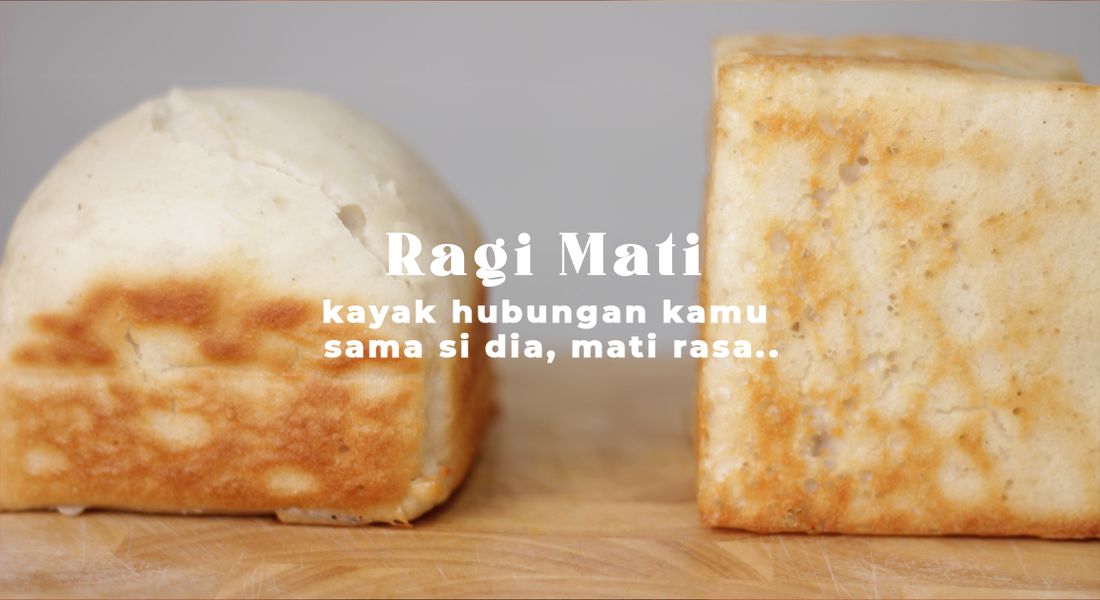Hello baking lovers!
Today, we're diving into the world of yeast – you know, that magical ingredient that can make or break our baking process. Yeast is like that friend who always brings surprises; sometimes it's active and bubbly, and other times... it just sits there like a potted plant in the living room. :(
Why is Yeast Important?
Imagine this, Bestnic: I wake up all excited to bake some gluten-free bread for a snack. But when I check the yeast I was planning to use, it's... dead. :( Yep, dead. Can't use it.
So, maybe some of you don't know yet, how can yeast die?
Turns out, yeast is just like humans; it needs the right environment to thrive. It also loves warmth and a little sweetness. Just a bit of sweetness, not too much. Perfect, like someone's smile. #Eaaaa 😆 (Okay, sorry)
When yeast is mixed with warm water and a bit of sugar, it wakes up from its slumber and starts munching on that sugar. This process produces gas that makes our dough rise perfectly.
But if the yeast is dead – it's like a relationship with no love left. No reaction, flat. Sad, right?
The Importance of Temperature
Here's a crucial baking tip: yeast has specific temperature preferences, Bestnic. Too hot, it dies. Too cold, it gets lazy and doesn't work. So, it's super important to use warm water when activating yeast. It's like giving the yeast a cozy blanket – not too hot, not too cold, just right!
Have you ever wondered why yeast prefers warm temperatures?
The answer is, at warm temperatures, the enzymes in yeast become active and can digest sugar well. The result? Our dough becomes soft and airy.
The Effect of Temperature on Yeast:
- *Low Temperature (0°C to 10°C or 32°F to 50°F):* At this temperature, the enzymes in yeast are inactive. No sugar breakdown occurs, so yeast growth stops.
- *Optimal Temperature (28°C to 37°C or 82°F to 99°F):* This is yeast's favorite temperature range! Here, the metabolic enzymes are super active, sugar is broken down, and yeast grows quickly.
- *High Temperature (>50°C or 122°F):* At this temperature, yeast gets stressed and disoriented, its proteins and enzymes get damaged, and ultimately, the yeast dies.
So, during the yeast activation process, remember Bestnic: warmth is key! 🤩
Life Lessons from Yeast
There's a life lesson from our little friend: everything needs balance. Just like yeast needs the right temperature to grow, our lives also need balance. Being excessive in something can make us stagnant – just like yeast that refuses to grow when it's too hot or too cold.
So, let's give a 'thank you' to the yeast that sacrificed itself, for the lesson it taught us. Because it 'died' so I could learn and share this experience with all of you Bestnic friends to avoid the failures I've experienced.
Sharing Is Caring
Okay, that's it for today's baking philosophy! I'm happy to share what I've learned because I believe that shared knowledge is more beneficial.
What’s Next?
If you have any questions about baking or want to share your baking failures (we've all been there!), write them in the comments below!






